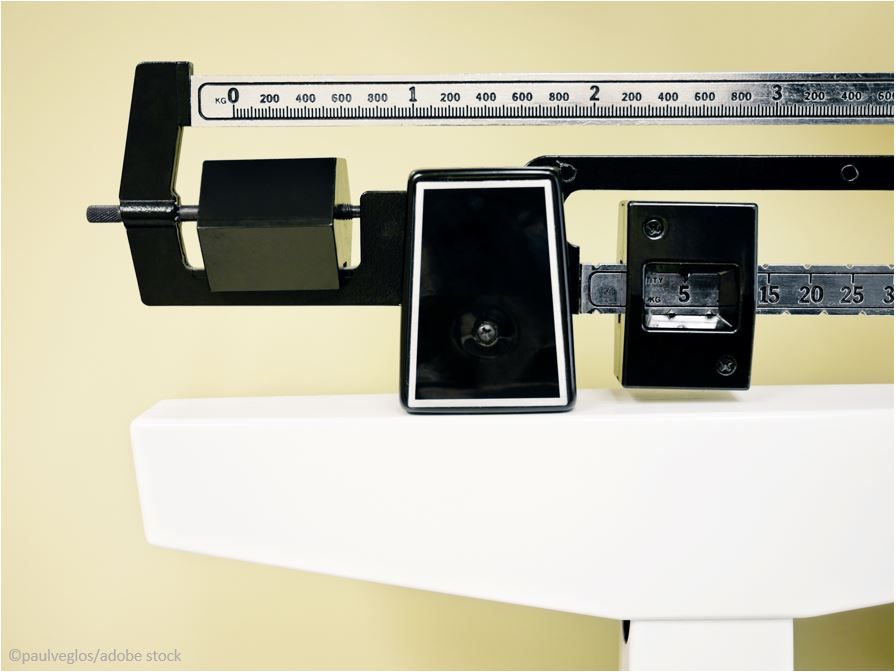- Clinical Technology
- Adult Immunization
- Hepatology
- Pediatric Immunization
- Screening
- Psychiatry
- Allergy
- Women's Health
- Cardiology
- Pediatrics
- Dermatology
- Endocrinology
- Pain Management
- Gastroenterology
- Infectious Disease
- Obesity Medicine
- Rheumatology
- Nephrology
- Neurology
- Pulmonology
Butryate Supplementation May Support Pediatric Obesity Treatment
Findings from a new study suggest that supplementing standard care for obesity with butyrate helped reduce BMI, improve glucose metabolism, and reduce inflammation markers.
In children and adolescents with obesity, authors of a unique study report that oral supplementation with the gut microbiome-derived metabolite butyrate was associated with decreases in body mass index (BMI) as well as improvements in glucose metabolism and measures of systemic inflammation, suggesting a potential role for the short-chain fatty acid in treatment of pediatric obesity.

The randomized, placebo-controlled Butyrate Against Pediatric Obesity (BAPO) trial evaluated the effect of oral butyrate 20 mg/kg body weight per day vs placebo when added to standard of care for obesity over a period of 6 months. The primary outcome was defined as a decrease of at least 0.25 BMI SD scores at study end. In an intention-to-treat (ITT) analysis, the investigators found that compared with placebo, butyrate supplementation led to a 40% absolute increase in the rate of children who experienced this decrease.
Butyrate supplementation was also linked to greater reductions in waist circumference, HOMA-IR, and levels of interleukin-6.
"Antiobesogenic" metabolite?
Study authors, led by Roberto Berni Canani, MD, PhD, of the department of translational medicine science, University of Naples “Federico II,” Naples, Italy, cite a growing body of evidence that points to a role for the gut microbiome in promotion of obesity. They also point to recent research that has found significant beneficial effects of butyrate specifically in energy metabolism, intestinal homeostasis, and immune responses regulation. One hypothesis is that low dietary intake of butyrate substrates may limit production of the potentially “antiobesogenic” metabolite in the gut. Canani and colleagues write that BAPO was designed to assess whether adding butyrate to standard of care would be effective in youth with obesity.
One hypothesis is that low dietary intake of butyrate substrates may limit production of the potentially “antiobesogenic” metabolite in the gut.
Participants in BAPO were recruited from a tertiary center for pediatric nutrition and were eligible if aged 5 to 17 years with BMI >95th percentile for age and sex. They were randomly assigned in a 1:1 ratio to receive oral butyrate supplementation at 20 mg/kg body weight per day (up to 800 mg/d) or placebo in addition to standard treatment for 6 months. As noted, the primary outcome was a decrease of at least 0.25 BMI SD scores.
The researchers evaluated a wide range of measures as secondary outcomes that included changes in waist circumference, fasting glucose, insulin, total cholesterol, LDL-C, HDL-C, triglycerides, ghrelin, microRNA-221, IL-6 levels, HOMA-IR, dietary and lifestyle habits, and gut microbiome structure.
Findings
The final cohort numbered 54 children (mean age 11 years, 57% girls). Mean BMI in the butyrate-treated group was 30.4 kg/m2 and, in the placebo-treated group was 27.3kg/m2.
Results of the study’s intention to treat analysis (n=54) found a higher rate of BMI decrease ≥0.25 SD at 6 months among children who received butyrate (96%) vs those given placebo (56%) (absolute benefit increase, 40% [95% CI, 21 to 61%]; P <.01).
In the per-protocol analysis, which included the 48 participants not lost to follow-up, there were greater changes among butyrate- vs placebo-treated participants in:
- waist circumference (−5.07 cm [95% CI −7.68 to −2.46 cm]; P<.001)
- insulin level (−5.41 μU/mL [95% CI, −10.49 to −0.34 μU/mL]; P=.03)
- HOMA-IR (−1.14 [95%CI, −2.13 to −0.15]; P=.02)
- ghrelin level (−47.89 μg/mL [95% CI, −91.80 to −3.98 μg/mL]; P<.001)
- microRNA221 relative expression (−2.17 [95% CI,−3.35 to −0.99]; P <.001)
- IL-6 level (−4.81pg/mL [95% CI, −7.74 to −1.88 pg/mL]; P<.001)
Canani et al report that adherence to study treatment was lower in the butyrate vs the placebo group, with 4 vs 2 children refusing to continue treatment. Mild nausea was reported in the butyrate group by 2 participants and resolved during the first month of study. Also, the researchers identified baseline gut microbiome signatures they say were predictable of the therapeutic response.
The investigators believe that BAPO is the first randomized trial to evaluate the effects of butyrate on obesity in a pediatric population. While their findings may support its role as a protective factor, however, they underscore the need for randomized trials with longer follow-up to confirm their outcomes.
They caution, also, that the observed lower adherence rate in the butyrate-treated arm and slightly higher frequency of adverse events, although transient, both indicate a need for research aimed at reducing negative qualities in a clinically acceptable therapeutic.
Reference: Coppola S, Nocerino R, Paparo L, et al. Therapeutic effects of butyrate on pediatric obesity: a randomized clinical trial. JAMA Netw Open. 2022;5:e2244912. doi:10.1001/jamanetworkopen.2022.44912
